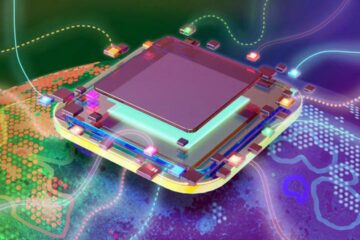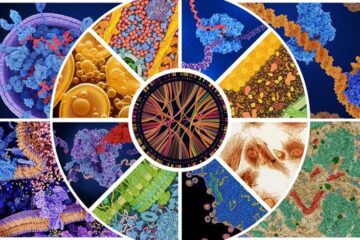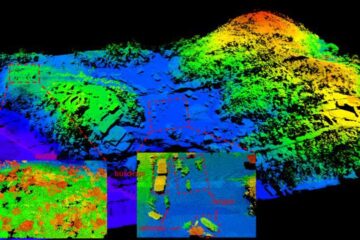Mouse mammary tumor virus can replicate in human cells

The idea that MMTV is involved in human breast cancer has been around for over 50 years. In the 1990s, researchers detected MMTV in human breast tumors, but not in healthy breast tissue. The link between MMTV and human breast cancer was contentious though, as some scientists believed the presence of MMTV in tumors was caused by contamination rather than infection.
However, two years ago, researchers from the University of Veterinary Medicine, Austrianova Biotechnology and the Christian-Doppler Laboratory for Gene Therapeutic Vector Development, all based in Vienna, Austria, showed that MMTV does actually infect human cells.
Now, they have added to these findings with this latest study, which shows that MMTV can replicate in cultured human breast cells. The new virus particles produced by the infected cells enabled the virus to spread rapidly, leading to the infection of every cell in culture.
“It has recently been shown convincingly that MMTV can infect human cells. Often, however, viruses infect cells but cannot replicate further. If they can replicate, the chances that they cause disease may be increased,” says Dr Stanislav Indik from the University of Veterinary Medicine, Vienna and one of the study's authors.
There are a number of questions still to be answered before a concrete role of MMTV in human breast cancer is established, including whether MMTV can infect primary cells – those taken directly from the body, not from a cultured cell line. Also, researchers plan to investigate how the virus spreads from mice to humans, and to examine if one of the possible outcomes of human MMTV infection is breast cancer.
MMTV is a retrovirus, the same kind of virus as HIV. If MMTV is eventually found to play a role in human breast cancer, current treatments for HIV may also be effective against MMTV.
Media Contact
All latest news from the category: Life Sciences and Chemistry
Articles and reports from the Life Sciences and chemistry area deal with applied and basic research into modern biology, chemistry and human medicine.
Valuable information can be found on a range of life sciences fields including bacteriology, biochemistry, bionics, bioinformatics, biophysics, biotechnology, genetics, geobotany, human biology, marine biology, microbiology, molecular biology, cellular biology, zoology, bioinorganic chemistry, microchemistry and environmental chemistry.
Newest articles

A universal framework for spatial biology
SpatialData is a freely accessible tool to unify and integrate data from different omics technologies accounting for spatial information, which can provide holistic insights into health and disease. Biological processes…

How complex biological processes arise
A $20 million grant from the U.S. National Science Foundation (NSF) will support the establishment and operation of the National Synthesis Center for Emergence in the Molecular and Cellular Sciences (NCEMS) at…

Airborne single-photon lidar system achieves high-resolution 3D imaging
Compact, low-power system opens doors for photon-efficient drone and satellite-based environmental monitoring and mapping. Researchers have developed a compact and lightweight single-photon airborne lidar system that can acquire high-resolution 3D…





















